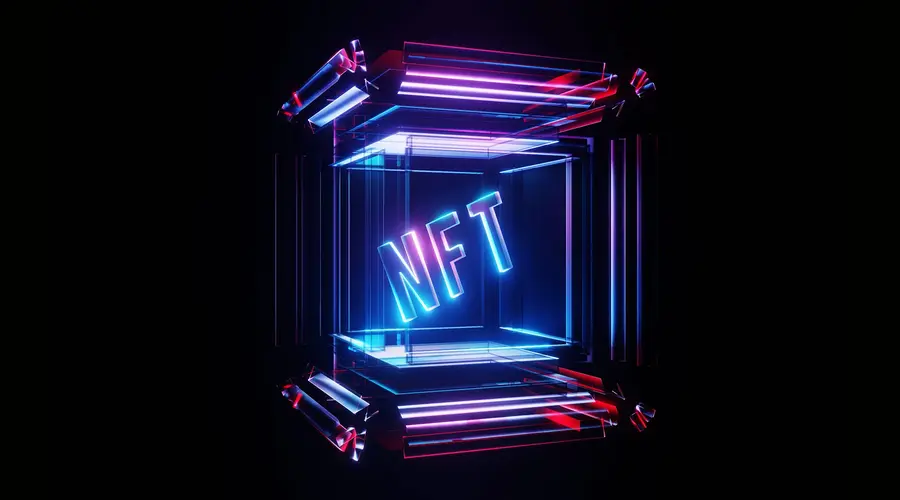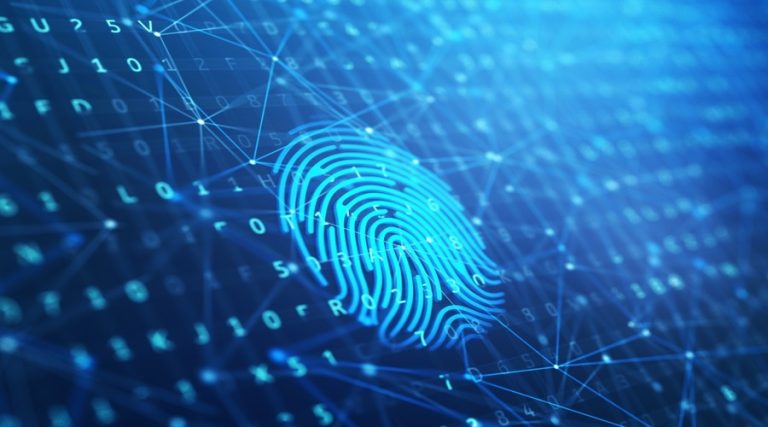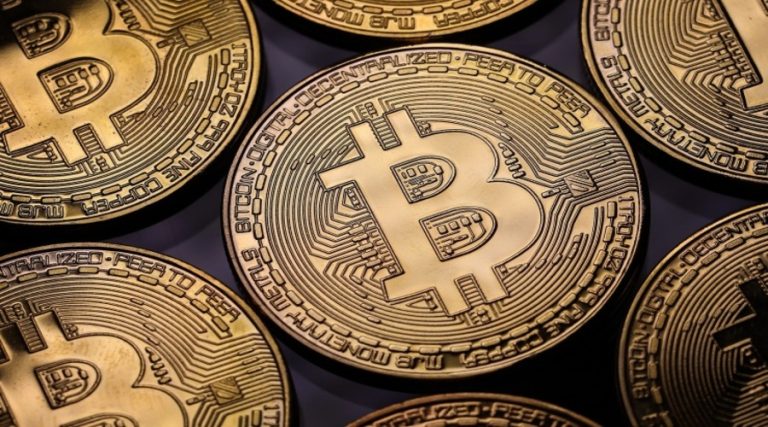
The Impact of NFTs on Copyright and Intellectual Property
The rise of non-fungible tokens (NFTs) has taken the digital world by storm, revolutionizing the way we buy, sell, and own digital assets. As this new form of digital ownership gains popularity, it brings with it a myriad of implications, especially in relation to copyright and intellectual property. In this article, we will delve into the world of NFTs, explore the concept of copyright and intellectual property, and discuss the potential impact NFTs have on these important aspects of creative ownership.
Introduction
NFTs, short for non-fungible tokens, are unique digital assets that are stored on blockchain networks. Unlike cryptocurrencies such as Bitcoin or Ethereum, which are interchangeable and have the same value, each NFT represents a distinct item or piece of content. These can include digital artwork, music, videos, virtual real estate, and even tweets. NFTs are bought and sold using cryptocurrency, and ownership is recorded on the blockchain, providing proof of authenticity and ownership.
Copyright and intellectual property, on the other hand, are legal concepts that grant creators exclusive rights over their original works. These rights ensure that creators have control over how their works are used, distributed, and reproduced. Copyright and intellectual property laws are in place to protect the rights of creators and encourage innovation.
Understanding NFTs
To understand the implications of NFTs on copyright and intellectual property, it’s important to grasp the basics of how NFTs work. NFTs are created using blockchain technology, which allows for the creation of unique tokens with verifiable ownership. When an artist or creator mints an NFT, they attach specific metadata to it, such as the title, description, and a link to the content being tokenized.
Once minted, NFTs can be bought and sold on various online platforms known as NFT marketplaces. Artists can set the terms of their sales, including pricing, royalties, and limited editions. Buyers, in turn, acquire the NFT and the associated digital content or rights.
Examples of NFTs have gained significant attention in recent years. Digital artists like Beeple have sold NFT artworks for millions of dollars, bringing NFTs into the mainstream spotlight. These digital artworks can be owned, displayed, and traded, much like physical art pieces.
Copyright and Intellectual Property
Copyright refers to the legal right that creators have over their original works of authorship. It grants exclusive rights, including the right to reproduce, distribute, display, and perform their works. These rights allow creators to control how their creations are used and to profit from them.
Intellectual property encompasses a broader range of rights that protect intangible creations of the human mind. It includes copyrights, trademarks, patents, and trade secrets. Intellectual property laws are in place to encourage innovation and ensure that creators are rewarded for their creative efforts.
Creators, such as artists, musicians, and writers, rely on copyright and intellectual property protection to safeguard their works and derive economic benefit from their creations. Without these protections, the value of their work could be diminished, and their ability to earn a living from their creations could be compromised.
NFTs and Copyright
While NFTs offer exciting opportunities for artists to monetize their digital creations, they also present challenges and controversies in relation to copyright. One of the key concerns is the potential infringement of copyright through the creation and sale of NFTs.
Since NFTs can tokenize any form of digital content, including copyrighted works, there is a risk that NFTs could be created and sold without the permission of the original creator. This raises questions about the authenticity and ownership of the underlying content. Moreover, the ease with which NFTs can be created and distributed online has led to cases of unauthorized NFTs being sold, potentially infringing on the rights of creators.
Legal implications surrounding NFTs and copyright are still being debated and are subject to interpretation. Determining the boundaries between fair use, transformative works, and copyright infringement in the context of NFTs poses a challenge for legal professionals and content creators alike.

Pros and Cons of NFTs
NFTs offer several advantages for artists and creators. They provide a new revenue stream, allowing artists to sell their works directly to collectors without intermediaries. The blockchain technology behind NFTs ensures proof of ownership and authenticity, which can be beneficial in combating counterfeits and forgeries. Additionally, NFTs enable artists to receive royalties for subsequent sales, ensuring ongoing income from their creations.
Pros of NFTs:
- Direct Revenue for Artists: NFTs provide artists with a new revenue stream by allowing them to sell their digital creations directly to collectors without intermediaries.
- Proof of Authenticity and Ownership: NFTs leverage blockchain technology, ensuring verifiable proof of authenticity and ownership, which can help combat counterfeits and forgeries.
- Royalties for Artists: NFTs enable artists to receive royalties for subsequent sales, allowing them to earn ongoing income from their creations even after the initial sale.
- Increased Exposure and Recognition: NFTs have brought digital art into the mainstream, attracting a larger audience and providing artists with increased exposure and recognition for their work.
- Fractional Ownership: NFTs can enable fractional ownership, allowing multiple investors to own a portion of a valuable digital asset, making high-value assets more accessible.
Cons of NFTs:
- Environmental Impact: The energy-intensive nature of blockchain networks used for NFTs, such as Ethereum, has raised concerns about the environmental impact and carbon footprint of NFT transactions.
- Price Volatility and Speculation: The NFT market has witnessed significant price volatility, leading to concerns about speculative bubbles and potential market manipulation.
- Copyright Infringement: NFTs can be created from copyrighted works without the permission of the original creator, raising ethical and legal concerns regarding the unauthorized monetization of creators’ works.
- Lack of Regulation and Standards: The NFT industry is still relatively unregulated, leading to a lack of standardized practices, licensing mechanisms, and legal frameworks to protect the rights of creators and buyers.
- Accessibility and Inclusivity: The current high fees associated with minting and trading NFTs, as well as the reliance on cryptocurrency, can limit accessibility and exclude artists and collectors who may not have the necessary resources or knowledge to participate.
It is important to consider both the benefits and challenges of NFTs to ensure their sustainable growth and responsible use within the creative industry.
However, criticisms and concerns regarding NFTs also exist. Some argue that NFTs contribute to the environmental impact of blockchain technology due to the energy-intensive nature of the underlying networks. There are also concerns about the speculative nature of the NFT market, with fears of price bubbles and market manipulation. Furthermore, the potential for copyright infringement and the unauthorized monetization of creators’ works raises ethical and legal questions.
Balancing Copyright and NFTs
As NFTs continue to gain popularity, finding a balance between copyright protection and the potential of NFTs becomes crucial. Artists and content creators need to ensure that their rights are respected and that their works are not exploited without permission. At the same time, it is essential to explore ways in which NFTs can coexist with copyright law and provide opportunities for artists to monetize their creations.
One proposed solution is the incorporation of licensing mechanisms within NFTs. By attaching licenses to NFTs, creators can specify the terms under which their works can be used and traded. This could include granting permission for specific types of usage, setting limitations on commercial exploitation, and ensuring appropriate attribution.
Collaboration between artists, creators, legal experts, and NFT platforms is also crucial in establishing best practices and standards for the industry. Education and awareness about copyright, intellectual property, and the potential risks and benefits of NFTs are essential for all stakeholders involved.
Future Trends and Innovations
The landscape of NFTs is continuously evolving, with new developments and innovations emerging. As the technology and industry mature, it is expected that regulatory frameworks will be established to address the legal implications of NFTs more explicitly. Intellectual property laws may also be updated to account for the unique challenges posed by NFTs.
Additionally, advancements in blockchain technology, such as the integration of smart contracts and decentralized storage, may provide further opportunities to protect the rights of creators and ensure transparency and accountability in the NFT ecosystem.
Conclusion
The rise of NFTs has undoubtedly disrupted the traditional notions of ownership and copyright. As this new form of digital ownership continues to evolve, it is crucial to consider the implications for copyright and intellectual property. While NFTs offer exciting possibilities for artists and creators, they also present challenges and raise important questions about ownership, authenticity, and the rights of creators.
To ensure a harmonious relationship between NFTs and copyright, collaboration between artists, creators, legal experts, and industry stakeholders is vital. By establishing clear guidelines, licensing mechanisms, and educational initiatives, it is possible to strike a balance that allows artists to benefit from NFTs while respecting the principles of copyright and intellectual property.
FAQs
1. Can NFTs be created from any type of digital content? Yes, NFTs can be created from various types of digital content, including artwork, music, videos, virtual real estate, and more.
2. Are NFTs subject to copyright protection? NFTs themselves are not subject to copyright protection, but the underlying digital content may be protected by copyright.
3. Can NFTs be resold? Yes, NFTs can be resold on various online platforms, often at different prices than the initial purchase.
4. How do NFTs benefit artists? NFTs provide artists with a new way to monetize their digital creations, allowing them to sell directly to collectors and receive royalties for subsequent sales.
5. Are there any environmental concerns related to NFTs? Yes, the energy consumption of blockchain networks used for NFTs has raised environmental concerns. Efforts are being made to explore more sustainable alternatives.
I’m a professional writer. I have been writing about Cryptocurrencies for more than 2 years now and I consider myself one of the best authors in this field. I am very passionate about this technology and I believe that it will change the world as we know it. If you want to learn more about cryptocurrencies, you should definitely check out my work!


